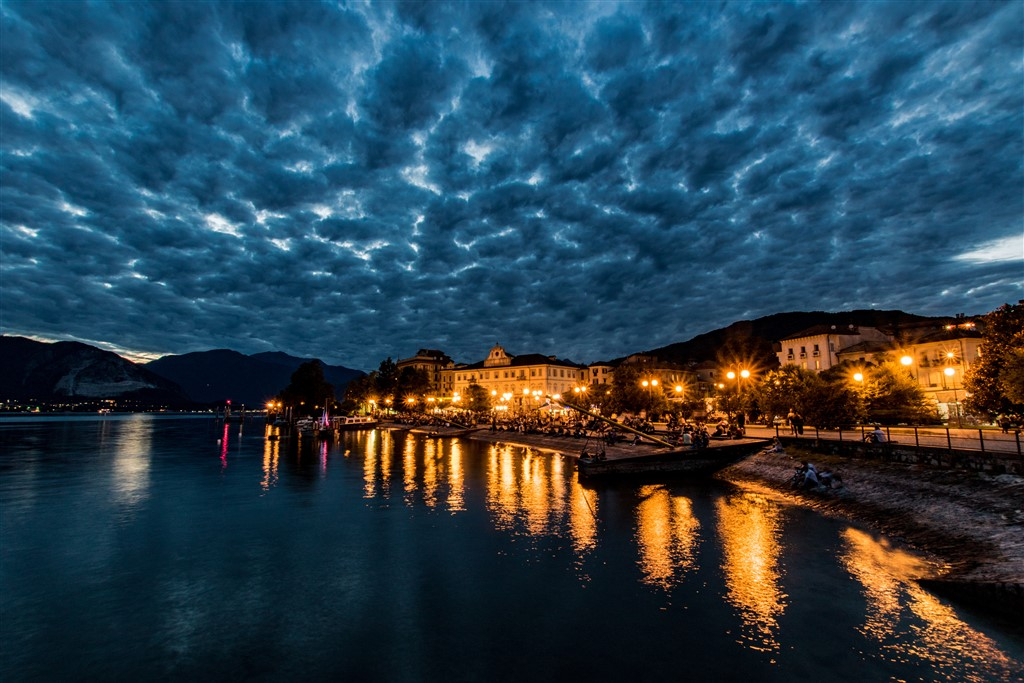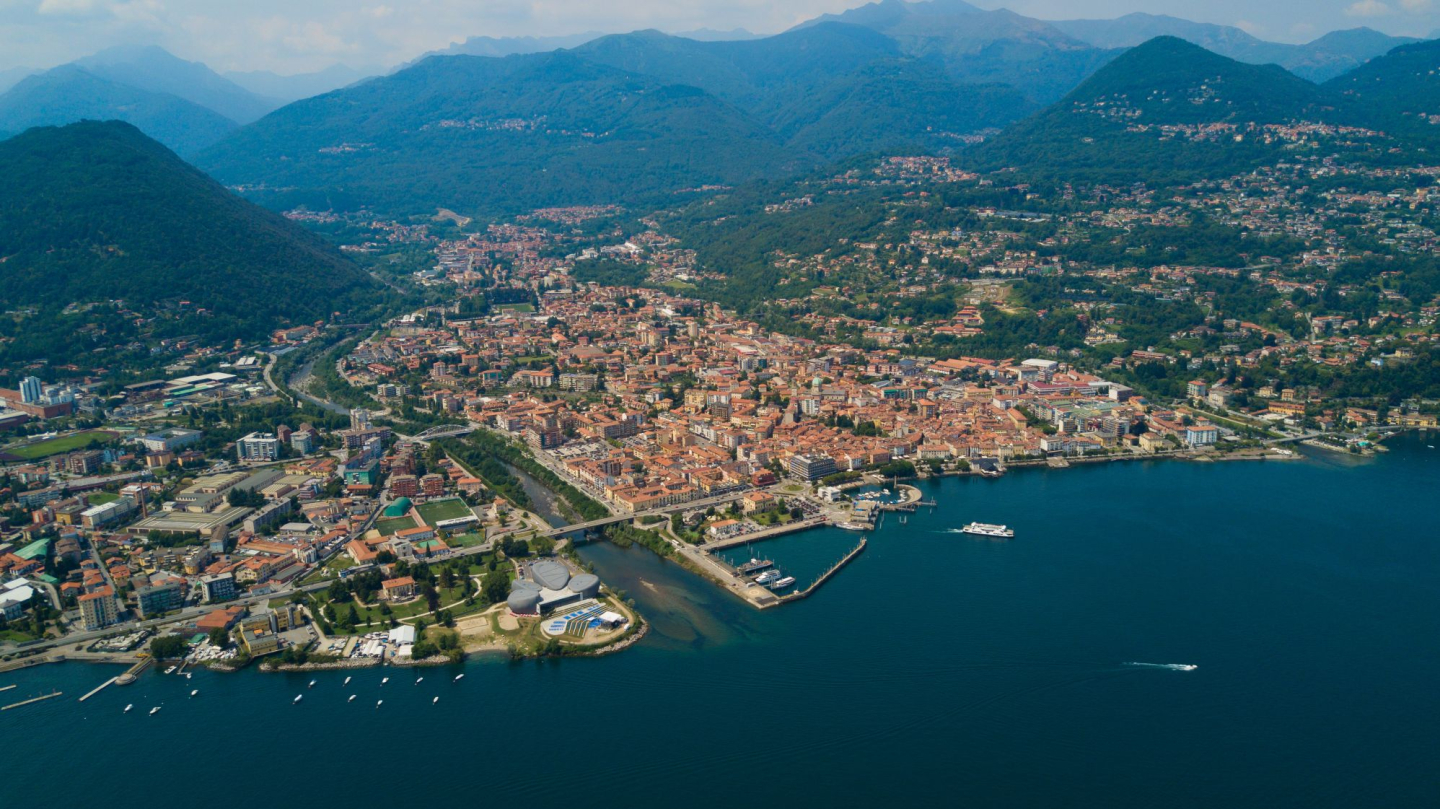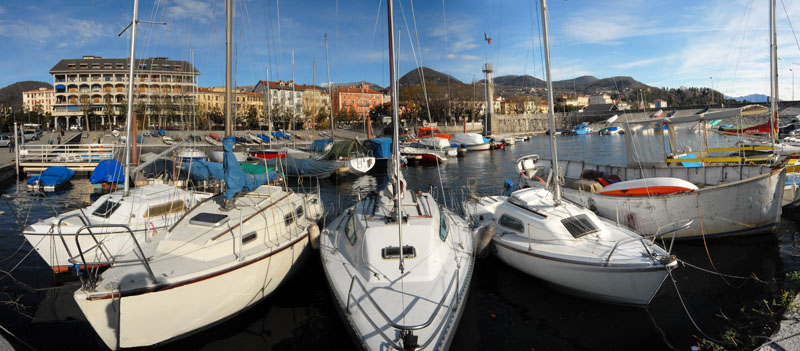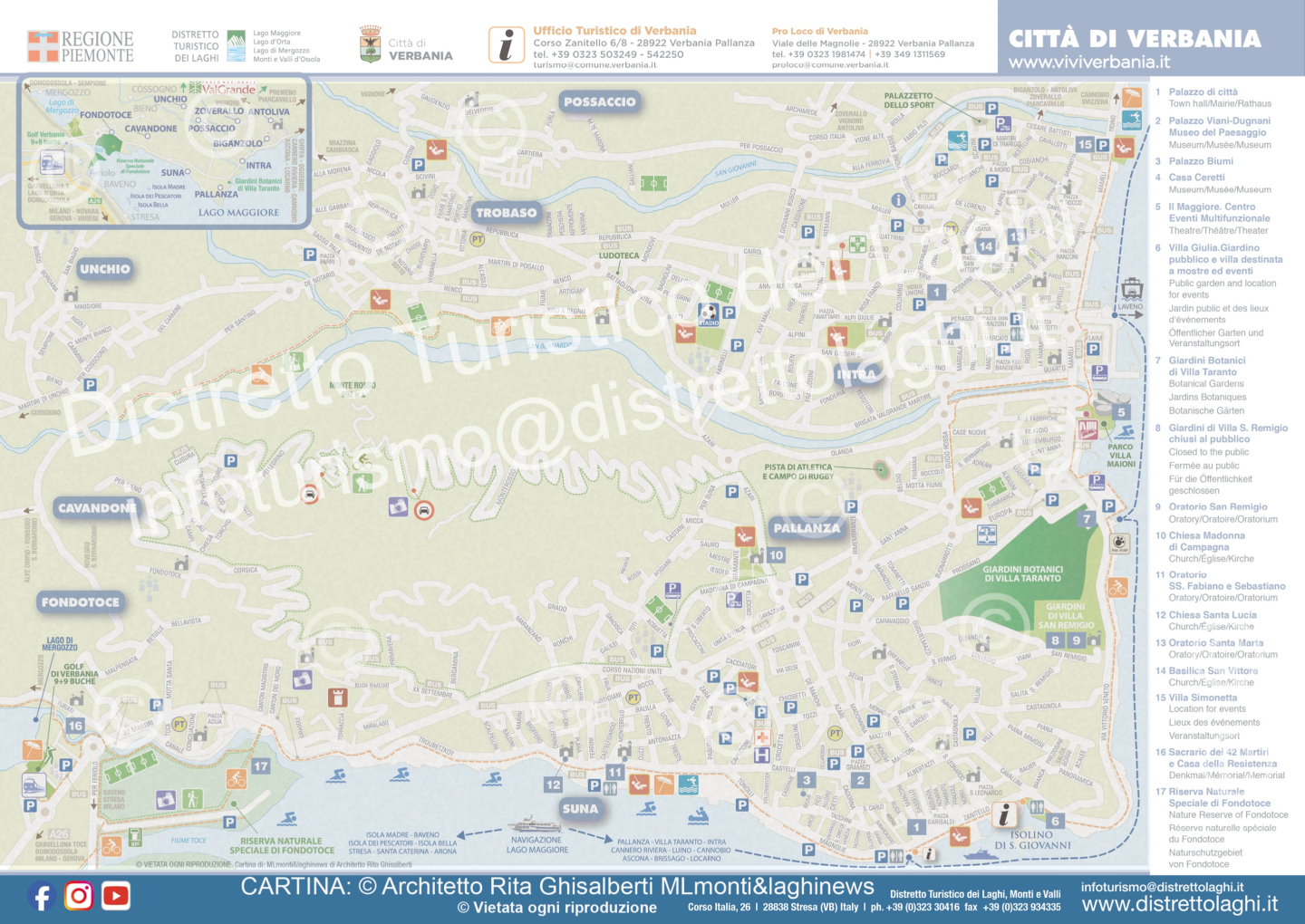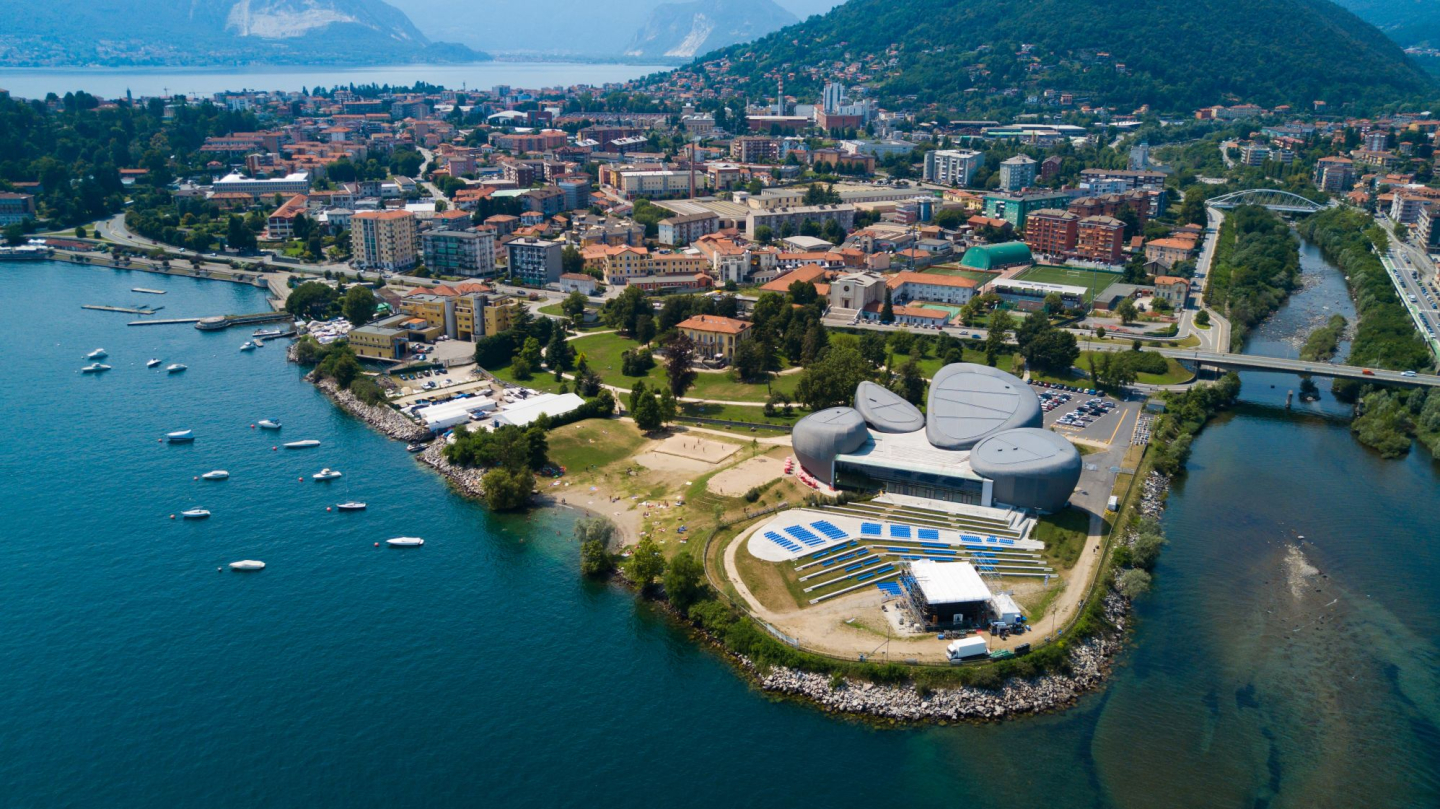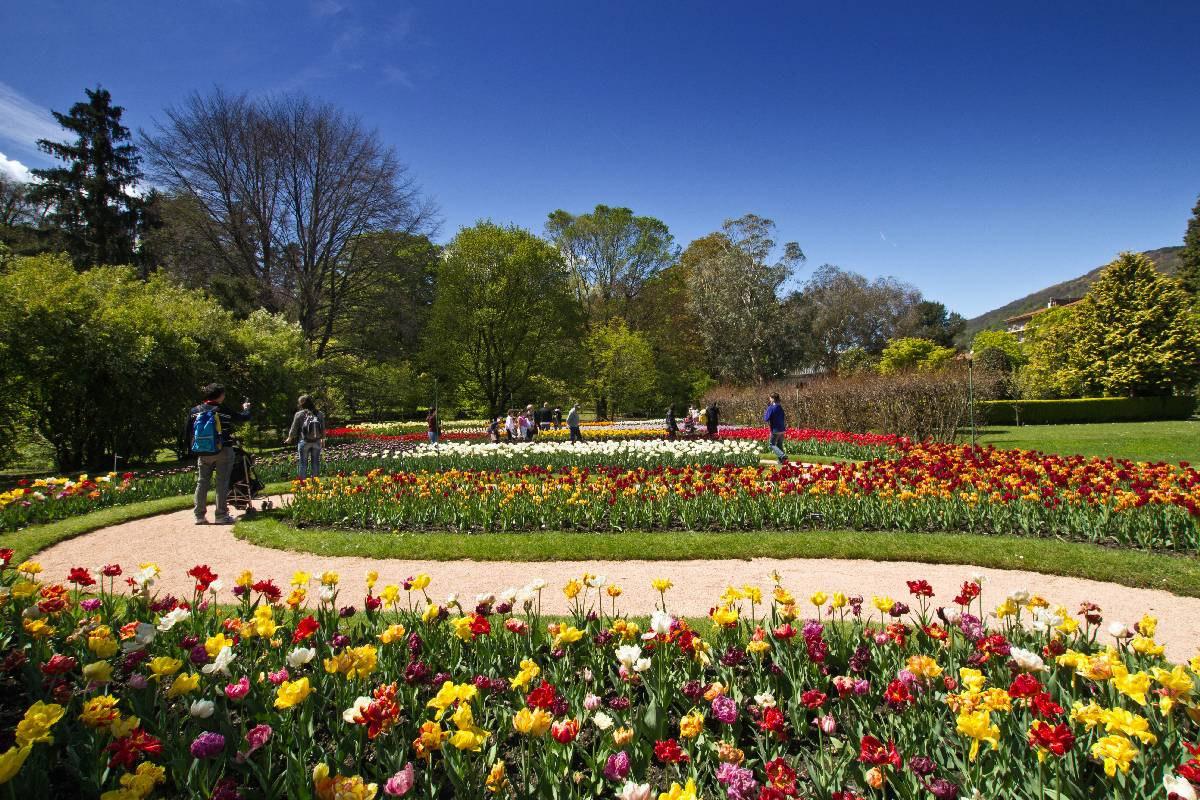Verbania
Verbania was founded in 1939 when the two pre-existing municipalities of Intra and Pallanza were unified. Its territory stretches along the shores of Lake Maggiore and extends up into the surrounding hills that slope gently up towards the alpine peaks. The area offers the visitors the opportunity to enjoy nature through boat excursions, visits to its gardens and hikes in the nearby mountains. Other tourist attractions include top class museums and a number of impressive examples of religious art and architecture. Verbania is the ideal point of departure for excursions to Val Grande National Park, Monte Rosa and the Ossola Valleys. A rich programme of events, a wide choice of tourist accommodation and numerous restaurants, trattorias and farm holidays restaurants will make your stay memorable.
PALLANZA
The first inhabited unit in Pallanza was probably the top of the Castagnola Hill, where the Romanesque oratory of Saint Remigio is located. It was built between the first half of the 11th century and the first half of the 12th century. This community -“Palanz” is a Celtic word that means “public meeting”- extended then towards the lake (the Vila) and in the Middle Age, together with the islands (Isola Madre and Isolino St Giovanni), it became an important place for activities and trade. If you walk through the old town from the lake, behind the hotels and arrive in Piazza Gramsci, you can see ancient medieval traces: beautiful portals, ancient houses and walls painted with frescoes. On the Castagnola hill, the Church of Saint Stefano can be reached passing through the ancient Vila quarter and after a beautiful promenade by nineteenth and twentieth-century villas you will reach the historic garden of Villa San Remigio and the oratory of Saint Remigio.
THE BOTANICAL GARDENS OF VILLA TARANTO
In spring, summer and fall extraordinary colourful spots turn the Gardens of Villa Taranto into the floral attraction “par excellence” of Lake Maggiore. The 16 hectares park houses 20.000 plants of particular botanic value and more than 80.000 blooming bulbous specimens, while over 15.000 border plants cover the numerous flowerbeds.
INTRA
Intra is located between two rivers which have always influenced life and economy. The town has traditionally collected routes and trades between the plain and the valleys which needed an access to the lake. From the Middle Ages Intra became the religious capital of the area and it developed two main functions: the transformation of local products (thanks to the artificial canals that provided the economic activities with the stream water) and their transportation through the lake to Milan, Switzerland and the Padana Plain. Few medieval traces mix with more recent baroque and eighteenth and nineteenth - century traces, are still visible on the facades of the houses and in the courtyards in the historical centre. In the nineteenth century the industrialization made Intra a manufacturing capital, full of factories and commercial activities. The classic itinerary for tourists and inhabitants goes through the old town, full of shops and churches: San Fabiano, San Rocco, Santa Marta and the Basilica of San Vittore.
SUNA
Suna is the best conserved hamlet of Verbania. Walking through its old town, you can understand how every day life was in the past: the built up area, narrow courts, stone portals and balconies and the facades of the houses painted with sacred images symbolise it. The “sunesi” were mainly stone cutters, bricklayers and navaroi (navigators-barges carriers with horses) but also farmers, in fact they cultivated the terraced lands on Monterosso hill where they grew rye, corn, vegetables, grapes and fruit-trees. The ancient meeting place was the “piudun” a big stone of white granite nowadays situated nearby the former landing stage. The stone is engraved with five mill tables used for an ancient game. On the churchyard and on the beautiful staircase of Saint Fabiano Church (12th century) you can find ancient games engraved on the stones. In the Church of Saint Lucia and along the lakeside promenade: works of Mario Tozzi.
SPECIAL NATURE RESERVE OF FONDO TOCE
This protected area of 365 hectares was declared a Special Nature Reserve in 1990 and extends over a significant part of the Fondo Toce plain. This area is important not only from an environmental point of view but also because it is a rare example of an intact wetlands area. It is accessible on foot and by bicycle.
